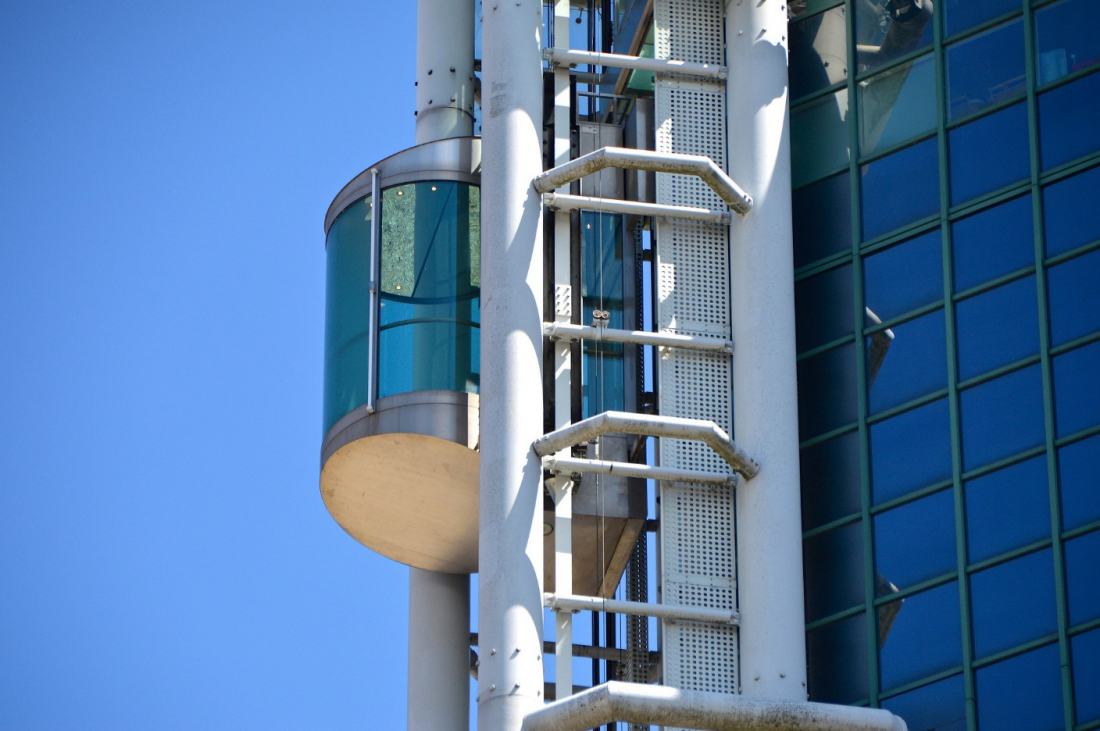
Skyscrapers, high-rise residential buildings, and construction sites install lifts to transport people and materials to higher floors. Did you know that there are two different types of lifts? A building may have a traction type lift system while another may have a hydraulic lift system.
For lift riders, it is going to be challenging to know the difference unless they can see the mechanical system that drives the lift up and down. The installation of one type of lift system in a particular building has a reason. One system is suitable for smaller buildings. The other system is developed to transport people and things in high-rise buildings.
Traction lifts
You may have seen many traction lifts in several movies, especially in action-thrillers, where the cab gets stuck or the cable breaks. In a traction lift, the cab is raised or lowered by the system’s traction steel belts or ropes operating on a pulley system.
Some of the benefits of traction lifts:
- They consume less energy
- Suitable for mid- to high-rise buildings
- Provide smoother rides
Traction lifts have counterweights – see them here. Their function is to offset the weight of the occupants as well as the cab. Due to the system’s design, the motor does not have to move as much weight, making the system more energy efficient.
Traction lifts are more common, and they can be gearless or geared. Both models run on direct current or alternating current electric motors.
A geared lift has a gearbox attached to its motor, which drives the wheel and causes the ropes to move. This model can attain speeds of up to 500 feet in one minute.
In a gearless lift, the pulley wheel (sheave) is directly attached to the end of the motor. This lift model moves faster and can attain speeds of about 2,000 feet per minute.
Hydraulic lifts
A hydraulic lift does not have a piece of hoisting machinery attached overhead. A fluid-driven piston moves the cab instead. The piston is encased in a cylinder.
Benefits of a hydraulic lift system:
- Installation is more affordable
- Repair and maintenance costs are lower
- More suitable for transporting heavier loads
- Fit for low-rise use
You can find hydraulic lifts in buildings that are up to five storeys high. A hydraulic lift moves slower, and usually reaches a speed of around 150 feet per minute. Another reason for the height limitation is that a hydraulic lift uses a lot of energy to raise the cab.
If you are constructing a low-rise building with five storeys or less, you can install a hydraulic lift for transporting the construction crew or materials. Check out the availability of hydraulic power packs that are suitable for hydraulic lifts. It is going to be safer for the construction crew to use a hydraulic lift than rely on scaffolding to reach higher floors or transport heavy loads using pulleys.
Several manufacturers produce a range of hydraulic power packs for lifts, so be sure to check what models are available. Consult an industry expert so you can choose the right one for your specific need.